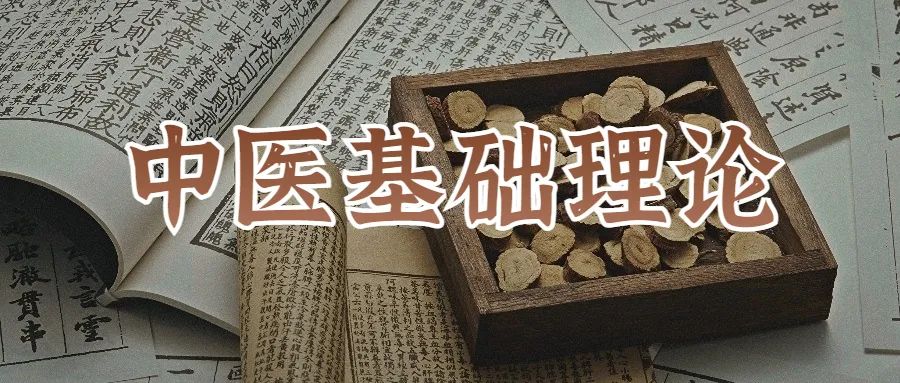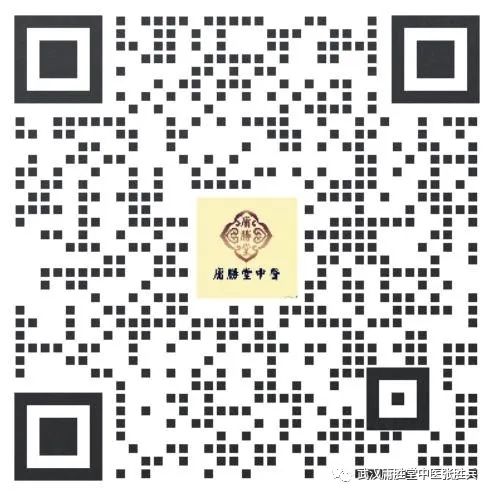
Question
1. What are the concepts of mutual generation and mutual restraint?
Answer: Mutual generation (相生, xiāng shēng) is a term from the theory of the Five Elements, referring to the relationships of generation and restraint among metal, wood, water, fire, and earth. Ancient Chinese believed that these five substances have a mutually nurturing and supportive relationship. Mutual restraint (相克, xiāng kè) is also a term from the Five Elements theory, indicating that these five substances have a relationship of mutual restriction and repulsion, which explains the physiological phenomena of mutual restraint among the organs.
In the Nanjing (难经), the relationship of mutual generation among the Five Elements is likened to a mother-child relationship, where “the one that generates me is my mother, and I generate my child.” However, this mother-child relationship does not extend to a third generation (like a grandparent and grandchild relationship). The mutual generation relationship only exists between adjacent pairs of the Five Elements, such as wood-fire, fire-earth, earth-metal, metal-water, and water-wood. These elements have a mutual mother-child relationship, but there is no generational gap. If there is a generational gap, the relationship becomes one of mutual restraint. For example, wood generates fire, thus fire is the child of wood, and wood is the mother of fire; fire generates earth, thus earth is the child of fire, and fire is the mother of earth. However, the relationship between wood and earth is not that of a grandparent and grandchild, but rather one of mutual restraint. Therefore, this mother-child relationship only exists between pairs, without a third party involved.

Question
2. What are mutual multiplication and mutual insult?
Answer: Mutual multiplication (相乘, xiāng chéng) refers to an excessive restriction or suppression of one element over another in the Five Elements, which is an intensified version of mutual restraint. The causes of mutual multiplication can be due to excess or deficiency. Excess leads to mutual multiplication, meaning that one element is overly strong and suppresses its counterpart beyond the normal range, essentially overpowering the weaker element. For instance, if wood is inherently strong and earth is particularly weak, this represents a situation of excessive suppression, thus termed mutual multiplication. Overall, the interactions of the Five Elements, including mutual victory and mutual multiplication, aim to maintain balance and harmony among the elements, preventing excessive dominance or imbalance.
Mutual insult (相侮, xiāng wǔ) refers to the reverse suppression of one element by another that it does not normally restrain, essentially the reverse effect of mutual restraint. Mutual insult can be understood as being insulted, where an element that typically restrains others is, under certain circumstances, restrained by another element. For example, wood can normally restrain earth, but if wood is too weak and earth is too strong, earth will then restrain wood, which is termed mutual insult. The causes of mutual insult also stem from excess or deficiency, where one element is either too weak or too strong, leading to its reverse suppression. For instance, a sick cat encountering a particularly strong mouse may find itself bullied by the mouse, illustrating mutual insult. In the Five Elements, each element can correspond to a mutual insult relationship, where one element is restrained by others.

Question
3. What is the central earth element in the Five Elements?
Answer: The central earth element (中土, zhōng tǔ) refers to earth being situated in the center, while wood, fire, metal, and water are positioned in the southeast, southwest, northwest, and northeast, respectively, forming a Five Elements model. In this model, earth controls the four elements of wood, fire, metal, and water, thus establishing a hierarchy among the Five Elements. The Neijing (内经) provides a detailed discussion of the central earth element, which is one of the main foundations of TCM theory. As the main text of TCM, the content described in the Huangdi Neijing (黄帝内经) is accurate and possesses an unchangeable truth, akin to a national constitution, representing absolute truth.
This textbook comprehensively elaborates on the theory of the central earth element. In TCM theory, the spleen (脾, pí) as the “lonely organ” among the five organs holds a special status. Earth controls the four elements of wood, fire, metal, and water, thus occupying a central position in the Five Elements model, playing a role in regulating and controlling the four directions. It is important to note that the Five Elements model should be viewed as a three-dimensional structure rather than a flat one. This is because earth has the function of generating all things; in TCM theory, spleen earth is the foundation of postnatal existence and the source of qi and blood transformation, capable of generating the other four organs. Therefore, the theory of tonifying earth in TCM is theoretically justified, based on the Huangdi Neijing. Regardless of any invention or creation, the theoretical basis of renowned physicians from any dynasty partially or wholly derives from the Huangdi Neijing.

Question
4. What is the application of the Five Elements theory in TCM?
Answer: The application of the Five Elements theory in TCM primarily involves analyzing and summarizing the various functional activities of the human body’s organs, tissues, and mental-emotional states based on the characteristics of the Five Elements, constructing a physiological and pathological system centered around the five organs, and linking it with the natural environment to establish a holistic system of the five organs.
Biological transformation (生化, shēng huà) is the application of the mutual generation and restraint relationships of the Five Elements in TCM, used to explain the physiological functions of the five organs and their interrelationships. According to the Five Elements theory, wood has the characteristics of growth, upward movement, and smoothness, with the liver (肝, gān) belonging to wood, possessing the physiological function of regulating qi and blood and harmonizing emotions; fire has the characteristics of warmth, upward movement, and brightness, with the heart (心, xīn) belonging to fire, governing blood vessels and consciousness; earth is stable and has the characteristic of generating all things, with the spleen belonging to earth, governing the transformation of food and the source of qi and blood; metal is clear and astringent, with the lung (肺, fèi) belonging to metal, having the characteristic of clearing and descending; water is moistening, downward-moving, and storing, with the kidney (肾, shèn) belonging to water, governing the storage of essence and water. These attributes illustrate the physiological characteristics of the five organs.
In addition to determining the Five Elements attributes of the five organs, the system also extrapolates the entire human body and its various structures and functions, categorizing the physical form, orifices, spirit, and emotions into the five organs, thus constructing a physiological and pathological system centered around the five organs. Simultaneously, it connects the five elements of the natural world, such as the five directions, five qi, five colors, and five tastes, with the five organs of the human body, establishing a holistic system centered around the five organs.
This textbook provides a detailed explanation of the Five Elements theory and the five organ system in TCM foundational theory, which is an important basis for TCM diagnostics. The discussions on the Five Elements and the five organs in the Huangdi Neijing: Suwen (黄帝内经·素问) are very detailed, so it is recommended to refer to the original text for a better understanding of these concepts. Although I initially intended to explain the content of the Huangdi Neijing in this textbook, the scope of the Huangdi Neijing is too broad, which may lead to new questions and exceed the scope of this textbook. Therefore, I suggest that everyone first master the foundational theory and diagnostics of TCM, and later have the opportunity to delve deeper into the Huangdi Neijing.


Scan the code to join the “Shanghan” group
Wuhan Yongsheng Hall

Zhang Shengbing
Famous TCM Physician in Wuhan
If you have any questions, feel free to leave a comment below the article, and we will review and respond to your questions one by one. Thank you for your attention and reading!
